#community plants
Text
If people make cutesy posts about growing food and herb spirals and composting but never talk about stuff like preventing and getting rid of rats in a garden, I get this suspision that they either haven't actually gardened much or they're more interested in presenting an aesthetically pleasing image than in actually preparing people to deal with a garden.
#Like the unrealistic gun hoarding bunker doomsday preppers of gardening#but instead of imagining a world without rules and community they imagine a world without rats and mold and plant virusses#Which is a better worldview than those preppers but not a more realistic one.
5K notes
·
View notes
Text
Two male sparking gouramis showing off. Their colors are absolutely insane, I’m obsesseddddd
#sparkling gourami#aquarium community#freshwater aquarium#planted aquarium#fishblur#aquablr#planted tank#aquarium#the big tank
3K notes
·
View notes
Text
Herb's Properties
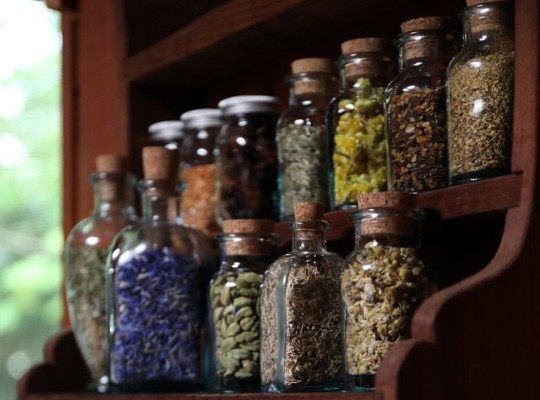
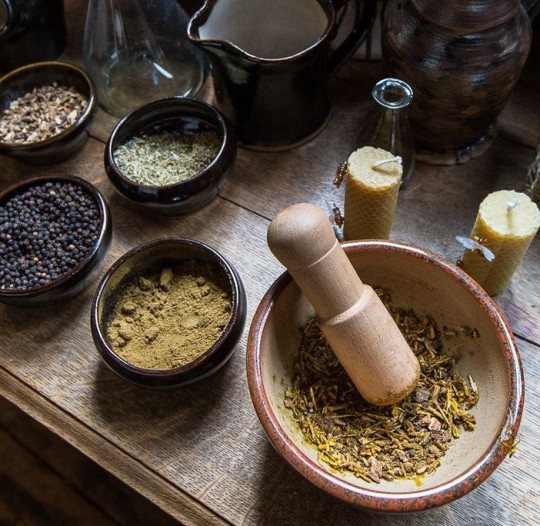
Basil: money, luck, prosperity, happiness
Bay Leaf: energy, cleansing, can be charged with almost any intention
Camomile: Caring, kindness, luck, growth, self-love growth, confidence, avoiding negativity, happiness
Cinnamon: passion, quick success, fire magick
Chia seeds: Growth, health, kindness, Property
Chilli flakes: Pride, confidence, power, strength, Passion
Cumin: Courage, bravery, protection, loyalty
Dandelion: wishes, charisma, success, good luck
Dill: sexual love, luck, protection
Eucalyptus: cleansing, healing, purifying, relaxing, comfort
Fennel: hate, anger
Flax seeds: Prosperity, growth, new beginnings
Ginger: fiery passion, success, and personal power
Jasmine: love, dreams, sensuality, luxury and kindness
Lavender: love and attraction, purification, relaxation, restful sleep
Nutmeg: luck, Health, Fidelity, Love, Prosperity, comfort, loyalty
Oregano: comfort, love, warmth
Paprika: Pride, confidence, power, strength
Parsley: Cleansing. purification
Peppermint: healing, purification, love and energy, cleansing, prosperity
Poppy seeds: protection, intuition, self-assurance, hexing and cursing
Rose: love, beauty, harmony, romance, attraction
Rosemary: cleansing, purification, wisdom, protection
Sesame seeds: Prosperity, growth, health, nurturing
Spearmint: love, cleansing, renewal, blessing
Sunflower seeds: happiness, growth, joy
Thyme: beauty, strength, courage
Turmeric: confidence, creativity, energy
Vanilla: love and sexuality
tip jar
#thecupidwitch#witchcraft#witch community#witches#witchcore#witch#witchblr#green witch#grimoire#herbs#book of shadows#wicca#pegan#peganism#wiccablr#pagan wicca#wiccan#magic#ko fi support#baby witch#beginner witch#chaos witch#eclectic witch#folk witchcraft#hedge witch#kitchen witch#tarot witch#traditional witchcraft#witch aesthetic#plants and herbs
2K notes
·
View notes
Text


Happy Ace Week! We've got our cake and we're ready to dig in!
Learn more about the history and significance of cake in the Asexual community in Courtney's article for Bon Appetit!
#Ace Week#Ace Week 2023#asexual community#Asexuality#ace#ace pride#aces#ace community#ace cake#cake#asexual#asexual pride#cake decorating#dessert#bon appetit#plant based#vegan eats#kansas city#vegan#mud pie bakery#for the love of it#vegan kc#kc vegan eats#queer history#asexual history#Better than sex#better than sex cake#cake is better than sex#ace ride flag#asexual pride flag
4K notes
·
View notes
Text

i feel like these things are connected
#i love this site. we're all the same silly little nerds. I don't feel a sense of community anywhere else like here#it doesn't look like there is anything happening with little shop of horrors either#you're all just like 'guys! remember that silly musical about a talking plant! that's so cool!'#and we're all like 'guys! remember that silly tv show about arthurian legend! that's so cool!'#autism tag is self explanatory#autism#bbc merlin#little shop of horrors
946 notes
·
View notes
Text
This is approximate since calculations vary, but somewhere in the neighborhood of 20% of carbon emissions since the Industrial Revolution have come from destruction of terrestrial ecosystems—wetland destruction, deforestation, degradation of grasslands and so on
Soil, soil communities, root systems, carbonate rock, wood, living plants, and peat in wetlands—all holds carbon
Now consider what plants do for you
The mere sight of plants and trees improves mental and physical health. I won't elaborate much more upon this, the positive effects are incredible and overwhelming.
Trees and vines that shade your home and outdoor areas: reduce the cost of cooling, meaning less electricity is used. Shade reduces the risk of death in extreme heat events.
(Trees also reduce light and noise pollution)
Edible plants (many wild plants and many plants you can grow): provide you with food reducing your dependence on industrial agriculture and cars to reach supermarkets
Community gardens and orchards: creates resilience and interdependence among small local communities, reducing the power of capitalism and increasing the ability of individuals to organize and create change. Makes more sustainable and plant based diets accessible to people for whom they would ordinarily be inaccessible
Compost piles for gardening: less greenhouse gas emissions than result from waste breaking down anaerobically in landfills
No more traditional lawns: much less use of gas powered lawn mowers, weed whackers etc. which are, by themselves, significant contributions to carbon emissions and urban pollution
Crafting and creating using plants: Locally available wild plant species can be used by local crafters and creators for baskets and containers, yarn, fabrics, dyes, and the like, resulting in less dependence on unsustainable and unethical global industries
More people growing and gathering edible and useful plants and using them = larger body of practical, scientific and technological insights to draw from in order to solve future problems
In conclusion: Plants
#plants#plantarchy#you are a caretaker#climate change#climate change mitigation#climate change adaptation#gardening#community gardens
3K notes
·
View notes
Text
I think it's so adorable that early humans took wild gourds - a tiny fruit that hollows out as it dries, making it float - and decided to make something out of it

they thought the tiny fruit was so good that they bred it for thousands of years, making it larger to form into bowls and cups, and different shapes to become bottles and spoons

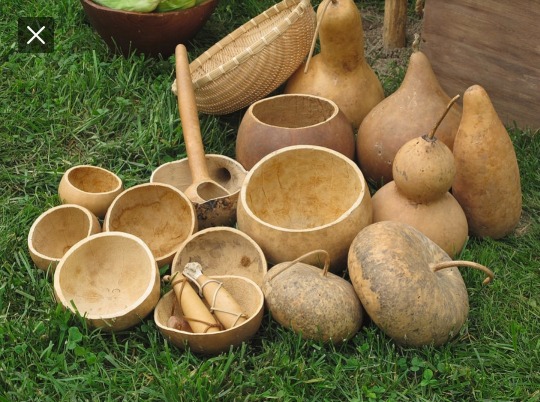
and musical instruments
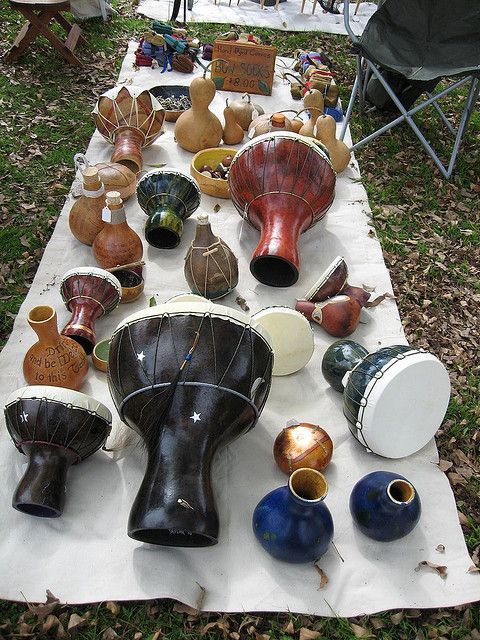

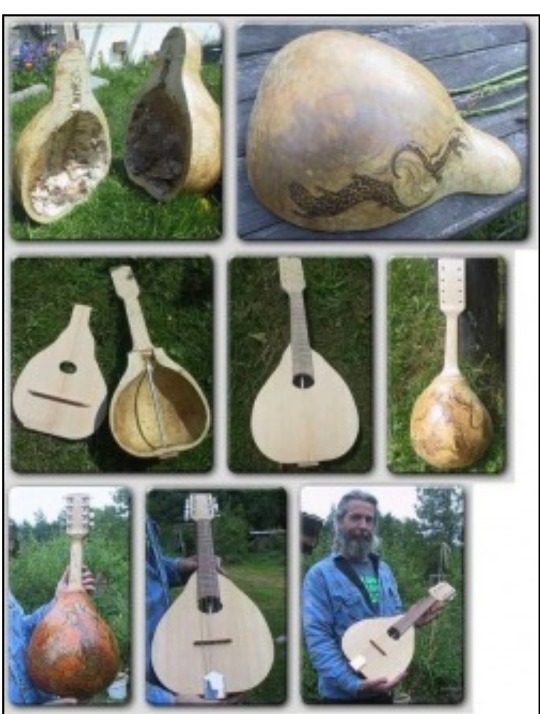
And then, people took the hollow gourds they farmed, and they turned them into houses for birds. We adapted them into the perfect houses for birds, and now there are specific breeds of birdhouse gourd just for making into birdhouses

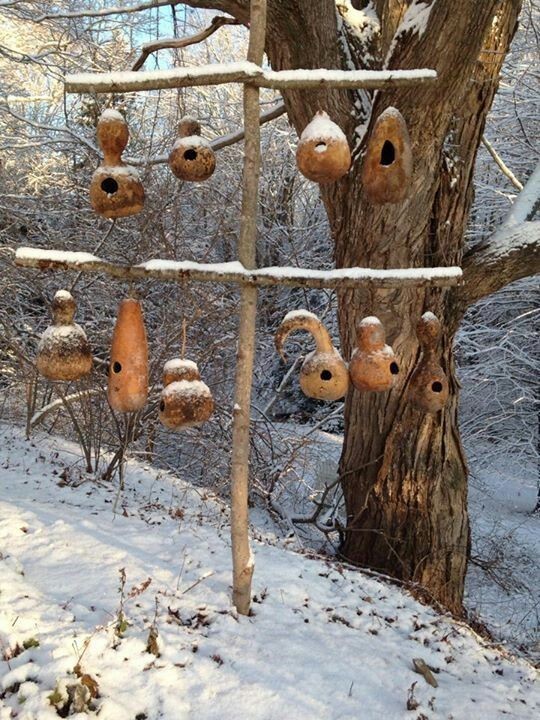
And humans dedicated gardening space and time and thousands of years of breeding to make the gourds so absolutely perfect for birds, that there is a species of bird that lives almost exclusively in them
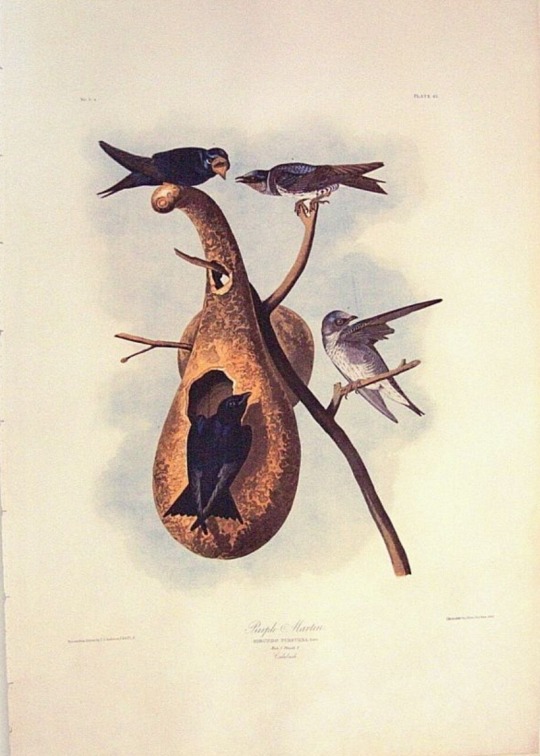
#yes I KNOW i posted about this the other day but *crying* i just love plant domestication and the history of agriculture#and humanity's positive affect on the ecosystems we live in#mine#image IDs in alt text#hmm. I'm gonna tag this#permaculture#just to pspsps @ that community to look at how cool gourds are please everyone grow birdhouse gourds and give cavity nesters places to live#i don't think mine will become fully ripe before i get my first frost :( next year i need to start gourds indoors#i didn't want to grow them before because i didn't have much garden space but now i do and i need to grow all of them#i might be. a little obsessed with gourds. but also i saw a pair of purple martins flying by the road last year#and i had never seen one before then! and i need to see more of them#i have a few hundred barn swallows but i need more birds flying around my house. more!!#and also i have a ton of invasive cavity nesting species around here. house sparrows and starlings.#gotta make up for those things competing with native birds for nest dites#*sites#the invasive birds very often win :/#that's why they're invasive#i really do need to start trapping them....
31K notes
·
View notes
Text

I've been longing for
Daisies to push through the floor
And I wish plant life would grow all around me
So I won't feel dead anymore
#my art#undertale#chara#chara dreemurr#safeutdr#i couldn't think of a caption so i looked through my playlist to find good lyrics that would fit and really vibed with these#from Plant Life by Owl City.#i think it matches this one well.#photo in the bg was taken by me once again! I'm having a lot of fun with these sorta multimedia drawings.#well. I'm technically just drawing over a photo. but idk it feels more abstract to me. lots of fun.#i feel like i can communicate feelings/vibes better like this. <-bad at drawing backgrounds#🌼
1K notes
·
View notes
Text



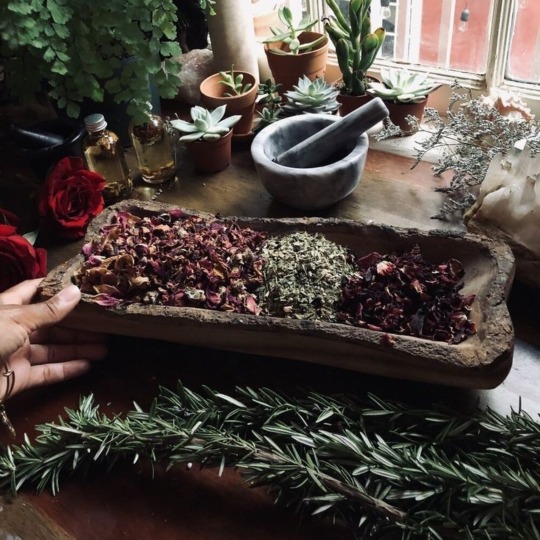
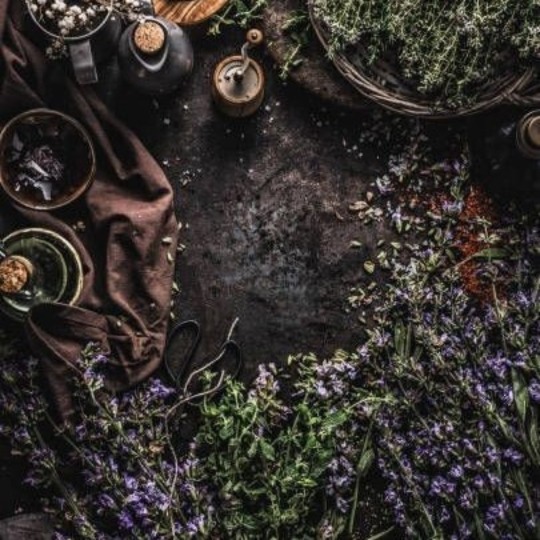

#moodboard#aesthetic#icons#pinterest#naturecore#witchy#witch#witches#witchcraft#witchblr#witchcore#witch community#witches of tumblr#pagan wicca#pagan witch#paganism#plant witch#pagan#paganblr#herbs#herb witch
1K notes
·
View notes
Text
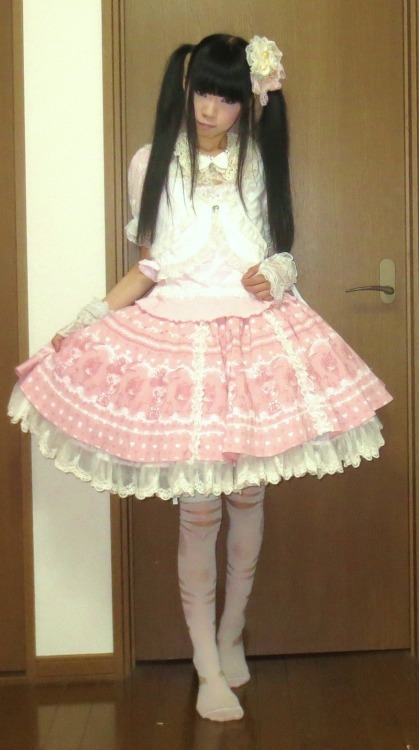
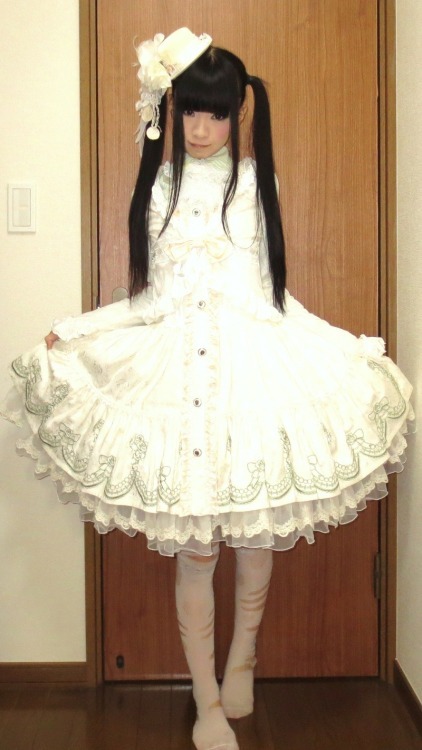
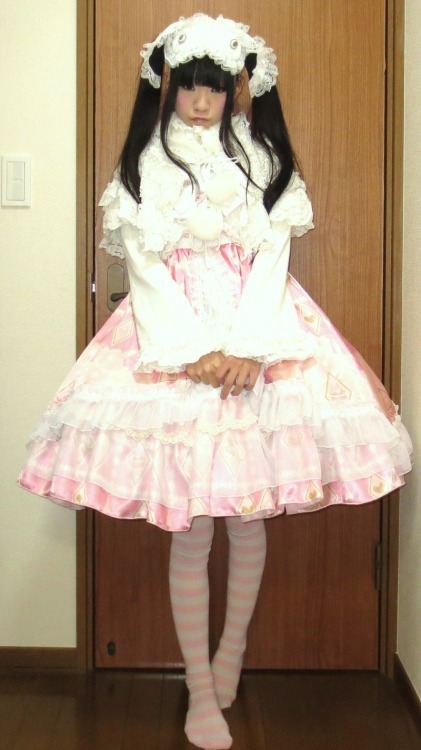
photos from alumi-plant 's old blog ₊˚⊹♡
798 notes
·
View notes
Text
This ties into one of the big conundrums of restoration ecology. When trying to decide what plants to add to a restoration site, should we add those that are there now, even if some of those species are increasingly stressed by the effects of climate change? Or do we start importing native species in adjacent ecoregions that are more tolerant of heat?
Animals can migrate relatively quickly, but plants take longer to expand their range, and the animals that they have mutual relationships with may be moving to cooler areas faster than the plants can follow. Whether the animals will be able to survive in their new range without their plant partners is another question, and that is an argument in favor of trying to help the plants keep up with them. We're not just having to think about what effects climate change will have next summer, but also predict what it's going to look like here in fifty years, a hundred, or beyond. It's an especially important question in regards to slow-growing trees which may not reproduce until they are several years old, and which can take decades to really be a significant support of their local ecosystem.
For example, here in the Pacific Northwest west of the Cascades, western red cedar (Thuja plicata) is experiencing increased die-off due to longer, hotter summer droughts. Do we continue to plant western red cedar, in the hopes that some of them may display greater tolerance to drought and heat? Or do we instead plant Port Orford cedar (Chamaecyparis lawsoniana), which is found in red cedar's southern range, and which may be more drought-tolerant, even though it's not found this far north yet?
Planting something from an adjacent ecoregion isn't the same as grabbing a plant from halfway around the world and establishing it as an invasive species. But there is the question as to whether the established native would have been able to survive if we hadn't introduced a competing "neighbor" species. Would the Port Orford cedars and western red cedars be able to coexist as they do in northern California and southern Oregon, or would the introduced Port Orfords be enough to push the already stressed red cedars over the edge to extirpation?
There's no simple answer. But I am glad to see the government at least allowing some leeway for those ecologists who are desperately trying any tactic they can to save rare species from extinction.
#restoration ecology#ecology#habitat restoration#climate change#global warming#anthropogenic climate change#nature#wildlife#plants#botany#trees#endangered species#extinction#environment#conservation#environmentalism#science#scicomm#science communication
2K notes
·
View notes
Text
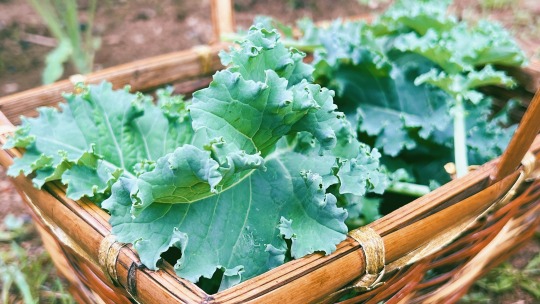


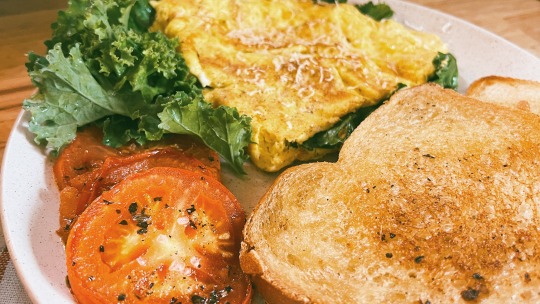

Freshly picked kale omelette for breakfast
19-Jul-2023
#kale#breakfast#cottagecore#gardening#cottage aesthetic#healthy eating#garden 2023#harvest 2023#healthy breakfast#food porn#gardencore#plant community#country living#summer#photography#plant photography#gardeners on tumblr#aesthetic#original post#warmcore#warm aesthetic#foodblr
1K notes
·
View notes
Text
My absolute fav dwarf shrimp - Indian zebra shrimp. They have a ton of variety, even in my colony. Some are more bluish, some more red, some have bright orange eyes.
Even though they’re a caridina species, they’re super easy to keep. They do great in the same water parameters as cherry shrimp. Super underrated shrimp
Caridina babaulti aka Indian zebra shrimp
#the friend tank#Indian zebra shrimp#caridina#shrimpblr#fishblr#neocaridina#planted aquarium#aquarium community#aquarium#fish tank#freshwater aquarium
1K notes
·
View notes
Text


(: dab art :)
#mine#dabs#dab art#weed#wax#710#cannabis oil#cannabis#smoke weed everyday#smoking weed#cannabis content#cannabis community#cannabis concentrates#cannabis culture#cannabis use#cannabis plants#cannabis photography#cannabis products#cannabis art#cannabis strains#cannabis flower#cannabis girls#cannabis lovers#cannabis lifestyle#cannabis legalization#cannabis blog#girls who smoke weed#weed oil#cannagirl#cannacommunity
1K notes
·
View notes
Text
Sometimes, you just have to sit down and make yourself write!
But not yet, though.
#procrastination#funny#writing#author#writing problems#writers on tumblr#writing humor#writeblr#writing community#stretches hands and sits down in front of the computer#face plants into the keyboard#or stares blankly at the screen
503 notes
·
View notes
Text

An absolute beauty. This fine lady produced some of the most gorgeous leaves and flowers I’ve ever seen.. smoke wasn’t half bad either 😉
#purple buds#420culture#cannabis#420life#cannablr#cannacommunity#cannafam#indica#sativa#plant dad#weedsociety#girls who smoke weed#smoke weed everyday#weedporn#weedlife#weedstagram#weed community#purple#cutie w a bootie#plants
805 notes
·
View notes